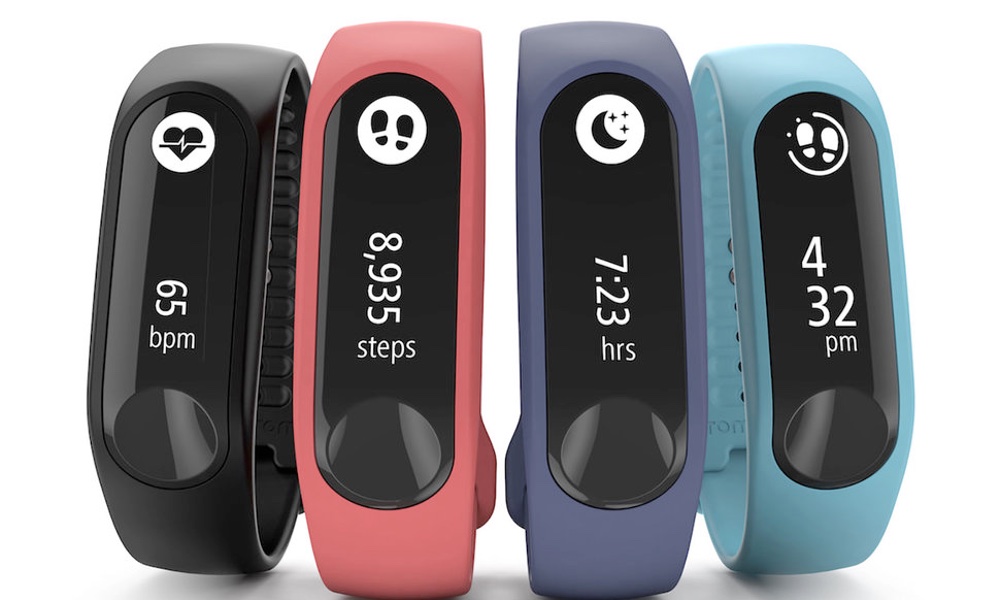Is your cat driving you crazy? Keeping you up at night or waking you at the crack of dawn? Or creating havoc around your house? You may want to rethink how you feed your feline. It could make a big difference in his or her behavior and enable you to sleep through the night uninterrupted.
Cats may be cuddly, but they still have a bit of the jungle left inside of them. They remain primed to hunt for their food, and there's no challenge from food left in a dish. Food puzzles, on the other hand, stimulate the brain and offer your cat a chance to forage for their food and satisfy some of their natural instincts.
A recent review article describes the cases of people who have found that their cats' behavioral problems vanished after they started using food puzzles. It also offers simple but detailed instructions on how to introduce your cat to food puzzles and where to go from there.There's little risk in finding out if your cat will be happier and healthier after discovering food puzzles, not to mention a lot easier to live with.
The authors of the review, which include two veterinarians, describe two dozen different cases they have personally observed where food puzzles helped cats overcome behavioral problems, giving their owner some much needed peace of mind or helped highly overweight cats lose weight.
There are two basic types: stationary puzzles and mobile ones that are pushed or rolled. The stationary ones are usually quieter and less messy.
Some people are dubious, thinking that their cat won't possibly go for the idea. The authors have found that that's not the case at all: “We have not encountered cats that could not adapt to food puzzles. Senior cats, kittens, three-legged cats, blind cats and cats with other disabilities, such as partial paralysis, have all been observed to use a food puzzle of some type.”
In fact, cat owners may have more trouble adapting to food puzzles than kitties do. Some people find them too messy for their tastes, while others find the rolling ones too noisy. But there are solutions for these problems too, such as confining the food puzzles to certain areas of the house or making sure that ones that roll do so quietly on carpet.
If the puzzles are not working at first, leaving small amounts of food in places the cat frequents, such as window sills, can help plant the idea that food can now be found in unusual places.
The authors emphasize that there's little risk in finding out if your cat will be happier and healthier after discovering food puzzles, not to mention a lot easier to live with.
The review article appears in the Journal of Feline Medicine and Surgery and is freely available. It contains complete instructions for starting your cat out on food puzzles and also explains what to do if your cat is initially unimpressed with them.
For videos of food puzzles in action, see foodpuzzlesforcats.com. You can even learn how to make your own food puzzles out of an empty toilet paper roll and a roll of tape.





